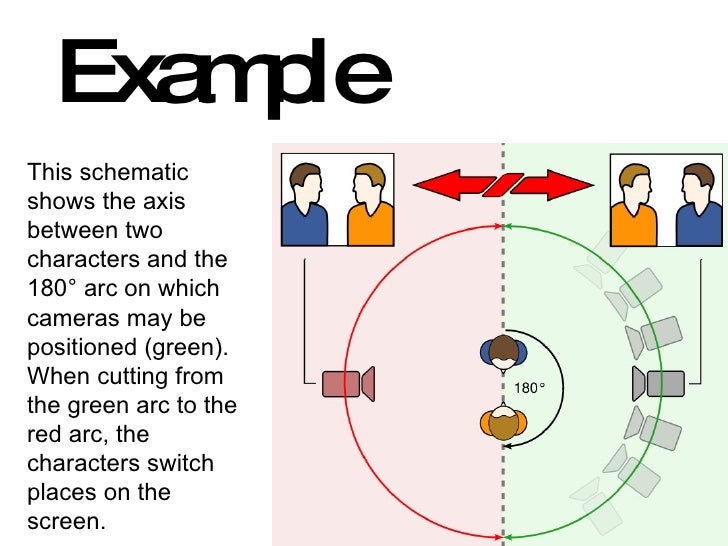We have learnt that there are three different types of lights in film. These are; the main key light, the fill light and the back light. These are all needed in order to fully light up a subject.
The Main Key light is the most important light as it provides the most amount of light to a character or subject. It is placed slightly towards the right of a character. Even though there is normally another light towards the left, if there is only the main key light on the right it creates "low key lighting", this is normally used in thrillers to make tension.
The second light, positioned slightly towards the left is the Fill light. This light adds to the Main Key Light as to fully light up someones face. It mainly gives the character a more bright and important look. Having these two light s on above gives the effect of "high key lighting".
The final light is called The Back light and it is obviously positioned towards the back of an actor. This light almost gives a halo like effect on the character and is sometimes used to highlight the characters hair. This light is sometimes used to make a character seem more intelligent or angelic, normally used with an protagonist to make them seem more important.
We will make sure we use all of this lighting in order to give our film the best and most professional look possible.


